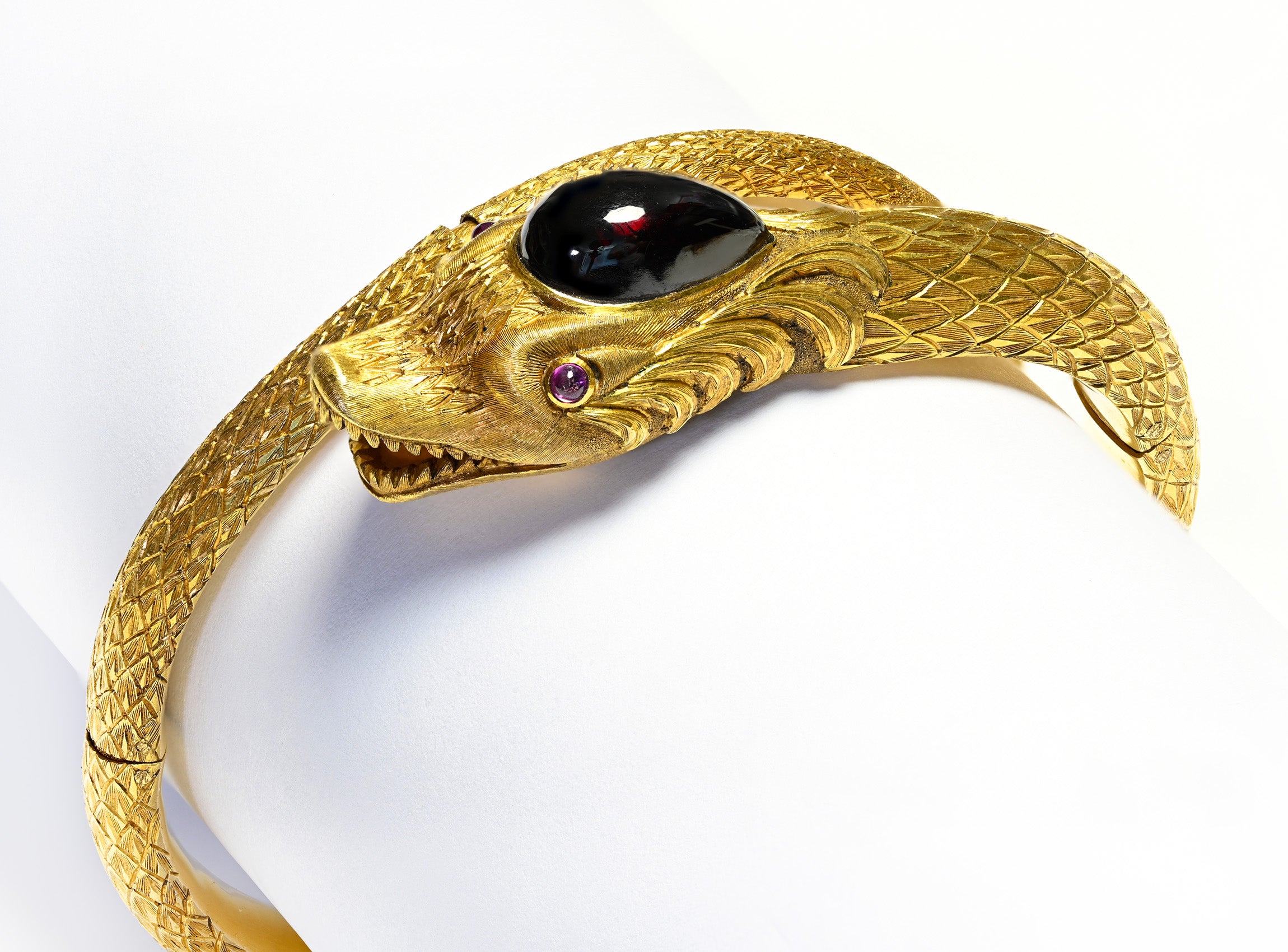
Famous Inventions That Originated In The World Of Dreams
Dreams remain, without doubt, a mystery still unexplained by the scientific world. Here are three famous scientific discoveries that originate in the fascinating world of dreams.
Spurred on by the dream, Niels Bohr rushed back to the lab the next day and found that his vision of atomic structure was valid. His dream materialized in one of the greatest discoveries of his time, earning the Dutchman the Nobel Prize for Physics in 1922.

But the next night he had the same dream and, on waking, went straight to his laboratory to prove the theory that won him the Nobel Prize for Medicine in 1936.
Srinivasa Ramanujan explained that his achievements are often closely linked to the dream world. Throughout his life, Ramanujan claims to have repeatedly dreamt of a goddess who showed him mathematical formulae which he tested and verified upon awakening. One such example is the infinite series of the number Pi.
Describing one of his many mathematics-related dreams, Srinivasa Ramanujan recounted: "While I was sleeping I had an unusual experience. I saw a red screen (...) and suddenly a hand started writing on the screen. I became very attentive. That hand wrote a series of results in elliptic integrals. They came into my mind. As soon as I woke up I started writing..."
Niels Bohr - The Atomic Model
Famous Dutch physicist Niels Bohr was concerned with the atomic configuration, but although he had several ideas, none of them seemed to fit. According to The Epoch Times, one night, the famous scientist went to bed and dreamt of the atomic nucleus with electrons swirling around it like planets swirling around the sun.Spurred on by the dream, Niels Bohr rushed back to the lab the next day and found that his vision of atomic structure was valid. His dream materialized in one of the greatest discoveries of his time, earning the Dutchman the Nobel Prize for Physics in 1922.
Otto Loewi - The Birth Of Neuroscience
The German pharmacologist Dr. Otto Loewi, considered the "father of neuroscience", had a theory that the transmission of nerve impulses is a chemical, not an electrical process, but he didn't know how to prove it.
Source: Niels Bohr (AB Lagrelius & Westphal / iStock)
Loewi dreamed about an experiment that could prove his theory once and for all. He woke up, scribbled the experiment on a sheet of paper, and went back to sleep. The next morning, he noticed to his horror that the writing was indecipherable. That day, he recounts, was the longest and most painful day of his life, trying in vain to remember the dream.But the next night he had the same dream and, on waking, went straight to his laboratory to prove the theory that won him the Nobel Prize for Medicine in 1936.
Srinivasa Ramanujan - The Infinite Series Of Pi
Born in a poor family in India, Srinivasa Ramanujan became one of the world's greatest mathematicians making substantial contributions in the field of analytical number theory, elliptic and continuous functions, and infinite series. He proved over 3,000 mathematical theorems during his lifetime.Srinivasa Ramanujan explained that his achievements are often closely linked to the dream world. Throughout his life, Ramanujan claims to have repeatedly dreamt of a goddess who showed him mathematical formulae which he tested and verified upon awakening. One such example is the infinite series of the number Pi.
Describing one of his many mathematics-related dreams, Srinivasa Ramanujan recounted: "While I was sleeping I had an unusual experience. I saw a red screen (...) and suddenly a hand started writing on the screen. I became very attentive. That hand wrote a series of results in elliptic integrals. They came into my mind. As soon as I woke up I started writing..."


















